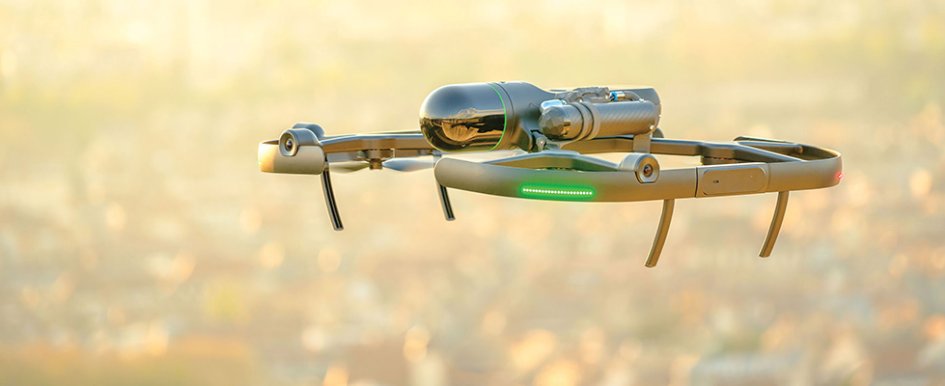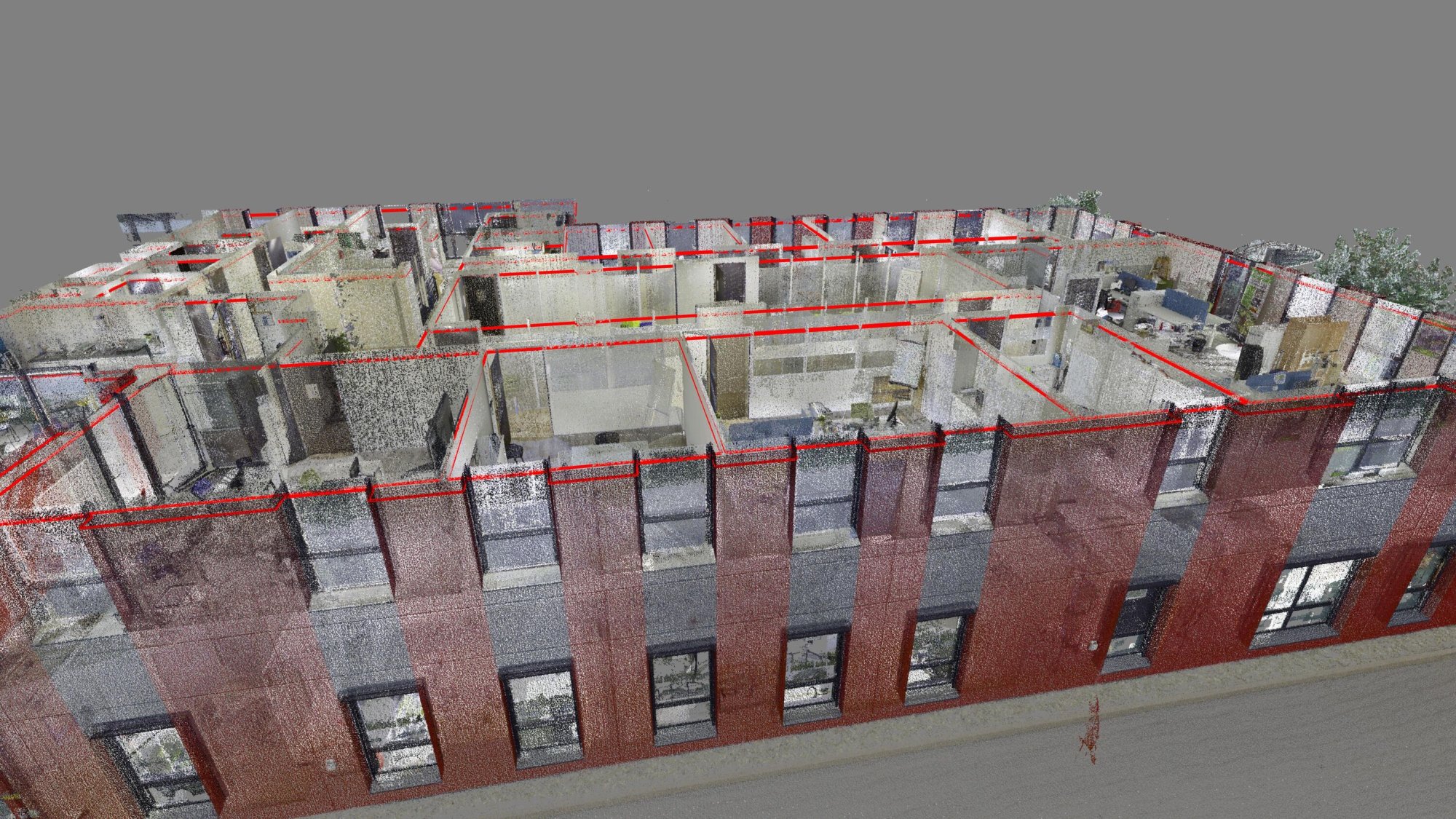
Projects are moving faster than ever, and this increased pace makes it more likely that mistakes will happen if you aren’t prepared for the changing landscape.
This new reality makes it critical to understand every aspect of the jobsite at any given moment — and how it is changing from one minute to the next. The only way for mid- to large-size general contractors to stay ahead is to capture reality and make it work for their needs.
The Laser Scanner: Linchpin of Capturing, Analyzing & Presenting Spatial Data
Laser scanners date to the 1960s and have been used for design and engineering since the 1990s. Since then, they have become as ubiquitous on the jobsite as the hammer.
The uses for laser scanning are seemingly endless. At their most basic level, they help teams quickly capture data about a jobsite and enable an immersive, accessible and data-rich digital reality.
These tools can be mounted on tripods, handheld, built to mount on robotic devices or embedded into unmanned aerial vehicles (UAVs), and they play a key role in reshaping how teams operate and how projects are executed.
Laser scanners allow contractors to collect accurate data, revolutionizing construction workflows by creating a single source of truth. Capturing as-built data helps increase project efficiency, ensure quality control and detect errors before installation, all of which can significantly reduce the likelihood of costly rework.
Laser scanners can capture essential data from even small sites and connect to software that facilitates modeling and data export to computer-aided design (CAD) programs. They can also be mounted on drones to capture views or larger areas.
Laser scanning technology is not just a tool but a transformative force that’s changing the makeup of in-house teams and the ways companies manage construction projects. Taking the time to scan a jobsite helps verify whether designs are feasible in real-world conditions — preventing costly missteps and rework.
.jpg)
Every Project Is Different; Technology Is the Equalizer
Issues on the jobsite have cropped up since the construction industry’s earliest days. While completely eliminating issues may be impossible, the early identification and mitigation of issues is not.
As every contractor knows, their jobs don’t entail the construction of manufacturing facilities where everything produced is exactly the same. Rather, the technology for the jobsite must be able to be tailored to various needs.
Every project has challenges. Technology can help teams identify and mitigate, if not fully eliminate, those challenges.
As laser scanning becomes integral to construction, mid- to large-size general contractors increasingly need specialized in-house teams with advanced expertise. Full-time, on-site scanning roles are now standard on forward-
thinking projects because the need for continuous data collection and quality control throughout projects is growing.
While data is critical to the jobsite, it is only useful when coordinated with communication. Success requires that all stakeholders are working from the same set of data, so that when plans change, everyone is immediately aware and adjusts deliverables accordingly.
In-house virtual design and construction (VDC) teams are crucial for working with fast-tracked designs, where construction starts before the design is complete. Because the project’s design is evolving even after the first dirt is turned, these projects are harder to manage than the traditional design-bid-build process.
The critical component of making VDC a reality is precision laser scanning, which captures minute details that traditional data capture methods might miss.
Increasingly, companies are turning to digital twins, virtual replicas of physical assets.
Companies should define how they plan to use the asset and develop a strategy to make sure everyone — from architects to contractors — understands the specific goals and data requirements.

Easy to Deploy & Use While Solving a Critical Issue
VDC and laser scanning are becoming standard, with companies spending more on training and equipment, and integrating them into project budgets. Technology allows construction and design services to happen simultaneously to meet tight project timelines.
The return on investment (ROI) is clear: laser scanning enhances project outcomes, mitigates risk and empowers teams to make informed, data-driven decisions.
It’s no secret that the construction industry has faced a labor shortage for years. As older workers leave the industry and younger ones take their place, a more technologically advanced industry will help solve the labor shortage in two ways.
First, technology is a transformative force multiplier for the industry, enabling organizations to accomplish more with fewer workers. Additionally, the adoption and deployment of technology will help attract workers who have been surrounded by technology their entire lives and are seeking to work in a technologically advanced field.
Construction workers should no longer be viewed as people who just use a hammer. In reality, the industry is as technologically advanced as ever, and tools like laser scanners are helping the industry advance.
.jpg)
The Future Is Bright
Every day, contractors face a diverse range of projects and challenges, and no two days are the same. Contractors must enter every project with the understanding that it will be different from the last one.
Just as the jobsite is continually evolving and changing from one day to the next, so is the technology available for contractors to use.
Technologies such as robotics, laser scanning and drones are all making a significant impact, and their use is likely to grow. Then there’s artificial intelligence (AI), which is poised to bring about the biggest change in the industry in at least a generation.
The use of these technologies is going to be as diverse as the solutions. The data that laser scanners collect today will help power the insights AI delivers tomorrow.
Laser scanning is a key tool in making the future jobsite safe by aiding in the identification of risks as early as possible. Other technologies can then mitigate some of these risks and ensure the industry is well-positioned for a successful future.
Measuring the ROI
Every solution is only as good as its return on investment. However, ROI has different meanings for different roles, and demonstrating value requires looking at it role by role.
Executives generally care about the financial impact, while field teams value how easy a solution is to use and how much time it will save. Successfully measuring the ROI of any technology requires teams to align with leadership early on to define success and the metrics to calculate it.
Many stakeholders focus on up-front costs. The key metrics for a solution like laser scanning should be the performance assurance and peace of mind it delivers, the level of rework it eliminates and the improved project outcomes.
No matter how you slice it, laser scanning ultimately saves time and money. And when everyone on the team can see the benefit of a solution like a laser scanner, it’s time to make it an integral part of the jobsite.
